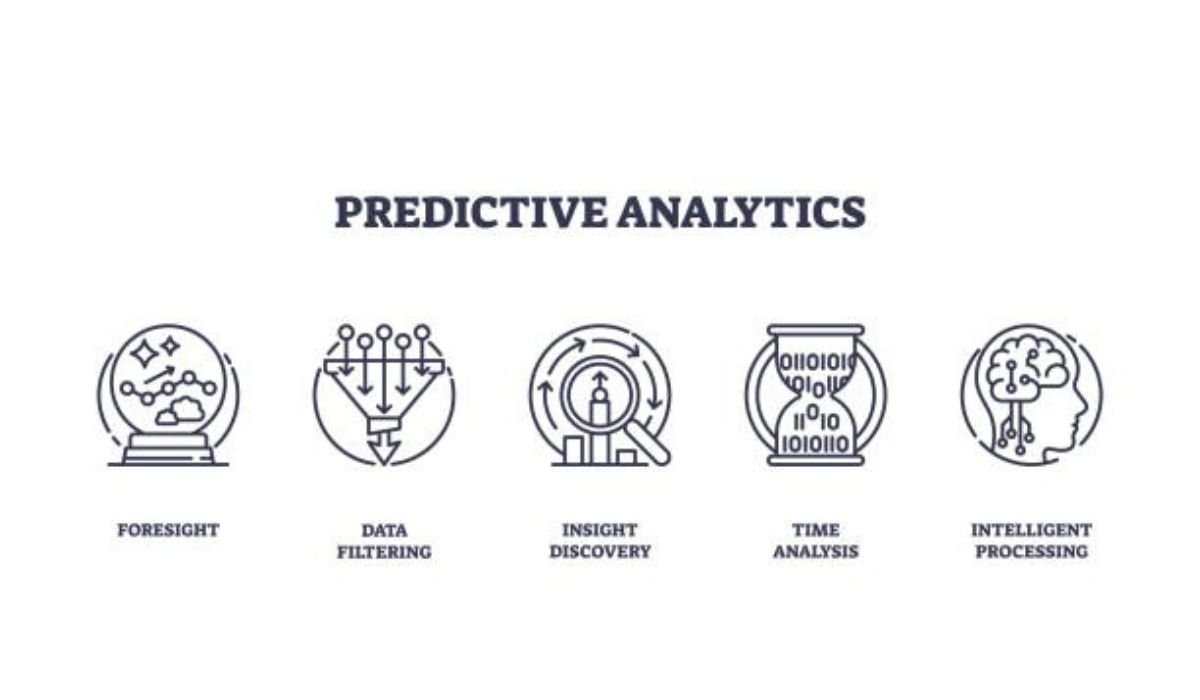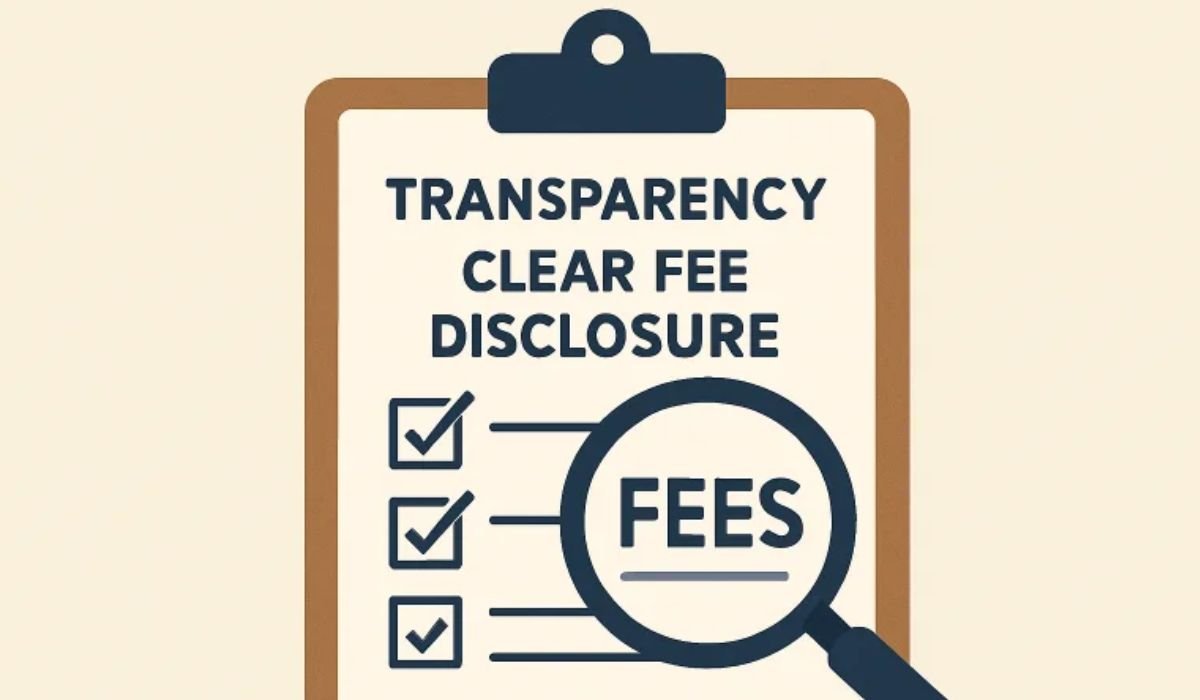For many organizations, CRM and ERP systems generate vast amounts of data, but leave decision-makers uncertain about what to do next. Predictive analytics changes that. By learning from historical patterns and current signals, it estimates the next best outcome—who will buy, which case will escalate, what inventory will run short, or where cash collection may slip.
Within Microsoft’s ecosystem, Dynamics 365 Insights converts those probabilities into practical recommendations that are embedded in everyday workflows.
Why predictive analytics matters now
Traditional reporting explains what happened; predictive analytics estimates what will happen and suggests how to respond. In fast-moving markets—characterized by volatile demand, supply constraints, and heightened customer expectations—reactive dashboards are insufficient. Teams need forward-looking signals that arrive in time to act.
That’s the promise of Dynamics 365 Insights: forecasts, risk scores, and recommendations that surface directly where sales reps, service agents, finance analysts, and supply chain planners work.
Where predictive analytics delivers the biggest wins
1) Revenue forecasting & pipeline quality (Sales)
Sales leaders don’t just want totals; they want confidence. Predictive models assess opportunity attributes (industry, deal stage, activity cadence, buying committee makeup) to score the likelihood of closing and the expected value.
Reps get prioritized “next best” actions—such as nudging a stalled stakeholder, scheduling a demo, or sharing a tailored case study—while management sees a forecast that reflects reality, not an optimism bias. With Dynamics 365 Insights, these scores are embedded within opportunity records and sequences, allowing guidance to be seamlessly integrated into the workflow.
2) Churn prediction & next best action (Customer success & service)
Retention beats acquisition on ROI. Predictive churn models combine ticket history, CSAT, product usage, NPS, and billing signals to flag at-risk accounts early. Agents receive prompts for proactive outreach, playbooks trigger tailored save-offers, and success managers view a risk heatmap across their portfolios. Paired with sentiment analysis, Dynamics 365 customer Insights guide helps teams de-escalate issues before they become cancellations.
3) Demand sensing & inventory optimization (Supply chain)
Forecasting isn’t just seasonal averages anymore. Machine learning combines historical sales, promotions, returns, weather, and regional events to refine short-term demand forecasts. The output feeds replenishment plans, safety-stock rules, and purchase orders—reducing stockouts, rush freight, and working capital. Predictive lead-time modeling identifies suppliers likely to slip, allowing planners to hedge earlier.
4) Cash flow & collections (Finance)
Predictive days-to-pay, dispute propensity, and short-payment risk steer collections to the right accounts at the right time. Finance teams can simulate cash positions under different discount strategies and adjust terms dynamically. Linking predictions to automated dunning streams cuts DSO without straining relationships.
5) Case routing & first-contact resolution (Service)
Not all tickets are equal. Models score complexity and escalation risk, then route cases to agents with the best success patterns. Combined with knowledge recommendation, agents resolve more quickly, while supervisors monitor predicted backlog risk in real-time.
READ ALSO: Vy6ys: Transforming Business Intelligence with AI-Powered Data Analytics & Automation
How predictions surface inside the flow of work
Great models fail when they live in separate tools. The advantage of Dynamics 365 insights is that predictions appear where decisions happen:
● Inline scores and explanations on opportunities, accounts, cases, and products (“High win probability because: executive sponsor engaged; similar wins in sector”).
● Next-best-action cards that turn a score into a step (“Schedule technical validation with Ops lead”).
● Automations that kick off sequences, route work, or open a playbook when a threshold is crossed.
● Dashboards that aggregate predicted risk, upside, and capacity, allowing leaders to rebalance on the fly.
Data foundations you actually need
Predictive power is capped by data quality. Before scaling models, get these basics right:
● Reliable identities: consistent account, contact, and product keys across CRM, ERP, commerce, and support systems.
● Complete timelines: activities, pipeline changes, tickets, SLAs, and financial events with timestamps (missing history means weak signals).
● Feature readiness: engineered fields that capture business logic (e.g., number of stakeholders, days-in-stage deltas, entitlement tier).
● Governance & privacy: role-based access, purpose limitation, and clear consent for personal data—predictions must respect policy as well as math.
Measuring impact (prove it in business terms)
Executives fund what they can verify. Pair every predictive use case with a baseline and a business KPI:
● Sales: forecast error (MAE/MAPE), win rate, average sales cycle, pipeline coverage quality, revenue lift per rep.
● Service: first-contact resolution, CSAT, escalation rate, average handle time, churn rate vs. control.
● Supply chain: stockouts, inventory turns, expedited freight spend, forecast bias, order fill rate.
● Finance: DSO, write-offs, promise-to-pay accuracy, dispute rate.
Use simple attribution formulas to translate model gains to dollars:
● Revenue lift ($) = (post-model win rate − baseline win rate) × avg deal size × opportunities influenced.
● Cost avoided ($) = reduction in stockouts × lost-sales value per item + reduction in expedites × avg expedite cost.
Implementation playbook (avoid the common traps)
- Start with a narrow, scaled design. Pilot one high-value scenario (e.g., opportunity scoring). Document data lineage, thresholds, and user actions.
- Explain, don’t mystify. Provide feature importance and reason codes so users trust the guidance.
- Treat models like products. Version them, monitor drift, A/B test thresholds, and keep a rollback path.
- Close the loop. Capture outcomes (won/lost, resolved/escalated, on-time/late) so models can continue to learn.
- Change management matters. Pair launch with role-based training and celebrate wins publicly to drive adoption.
- Guardrails first. Enforce access controls and audit trails; align with compliance and responsible AI practices.
A simple roadmap to value
● Weeks 1–4: Discover & baseline. Validate data, define a single success KPI, and set a measurable target.
● Weeks 5–8: Pilot & instrument. Ship predictions into live records, add reason codes, and log user actions.
● Weeks 9–12: Prove & expand. Publish a value readout; extend to a second scenario where adjacent data already exists.
● Quarterly: Govern & improve. Review drift, retrain cadence, and portfolio ROI; retire models that don’t earn their keep.
Conclusion
Predictive analytics turns your operational data into foresight—and foresight into action. By embedding probabilities, recommendations, and automations directly in workflows, Dynamics 365 Insights helps every team make better calls, faster: sales forecasts that reflect reality, service outreach before churn, inventory that matches demand, and cash that arrives on time just like an application like Simplicant makes your hiring better. Start with one use case, measure honestly, and expand with discipline. The compounding gains will move out of the dashboard and into the P&L—exactly where they belong.
YOU MAY ALSO LIKE: How Carmenton.xyz is Revolutionizing Small Business Analytics











